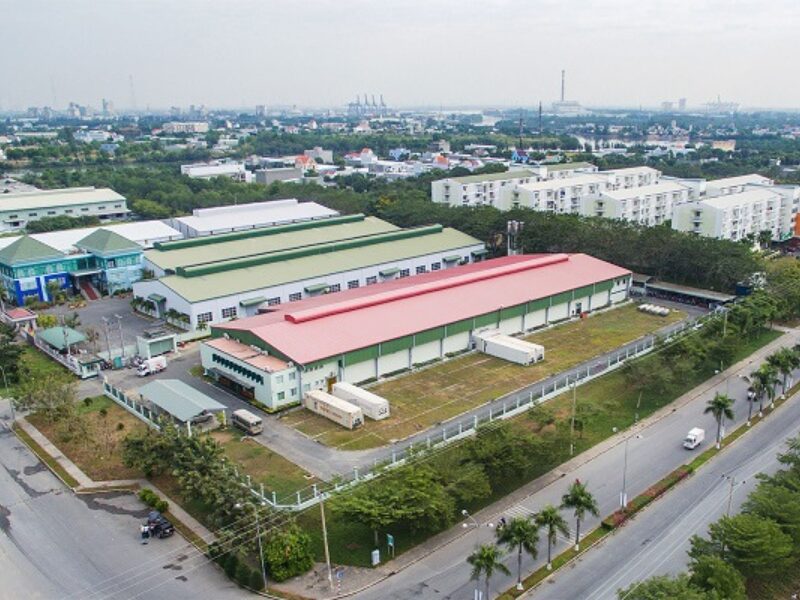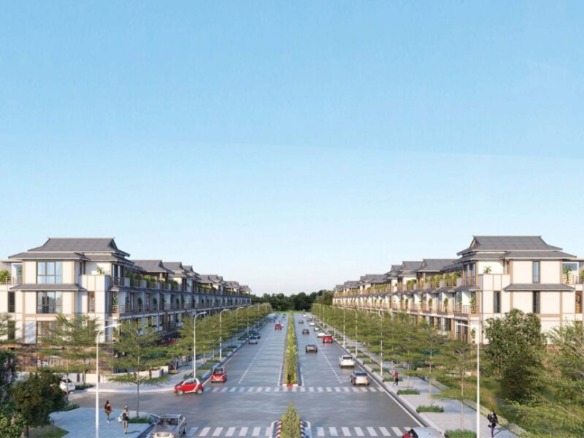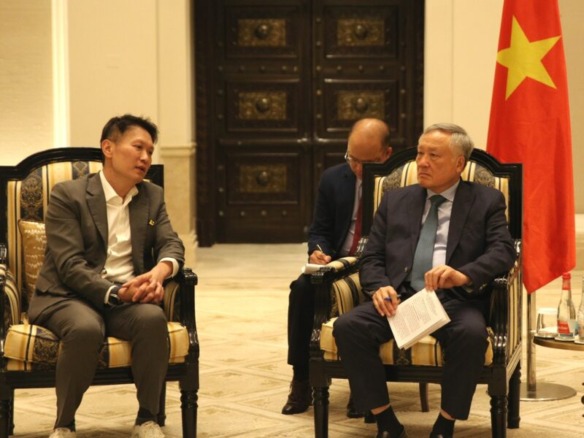Contents
n 2025, Vietnam industrial real estate is experiencing a transformative surge. Foreign direct investment (FDI) into manufacturing reached nearly $12 billion in the first half of the year, up 32% from the previous period. This influx represents over 56% of total FDI, marking the highest level since 2009. Consequently, this growth strengthens Vietnam’s role in global supply chains. Moreover, it highlights the country’s shift toward high-value, sustainable industrial development.
Surging FDI Fuels Vietnam Industrial Real Estate Growth
FDI trends are reshaping Vietnam industrial real estate. For instance, the number of new manufacturing projects rose by nearly 40% in early 2025. Investors show long-term commitment, drawn by political stability and trade advantages. Additionally, diversified supply chains favor Vietnam as a strategic hub.
John Campbell, Savills Ho Chi Minh City Industrial Services Director, notes that this is no temporary spike. Instead, it reflects structural confidence. Therefore, foreign investors prioritize Vietnam for its infrastructure and policies.
According to recent data, northern regions lead in attracting investments. This positions Vietnam as a key player in electronics and semiconductors.
Rise of Ready-Built Factories in Vietnam Industrial Real Estate
Ready-built factories (RBFs) and warehouses are booming. In the first six months of 2025, absorption rates hit record highs over three years. Occupancy levels reached 88-89% in many areas. As a result, these assets offer quick startup and lower initial costs.
Investors value flexibility in expansion. Furthermore, this trend boosts rental yields and occupancy for developers. In Ho Chi Minh City, ready-built warehouses and factories achieved 72% and 89% occupancy in Q1 2025, respectively. For more details, see CBRE Ho Chi Minh City Figures Q1 2025.
Central Vietnam emerges as an FDI hotspot, with Da Nang driving industrial growth. This regional shift enhances opportunities for international stakeholders.
Key Investor Demands and Market Trends
Modern requirements define today’s market. Investors seek stable power, renewable energy, and direct power purchase agreements (DPPA). Additionally, certifications like LEED or EDGE are essential for green projects.
Location matters too. Proximity to ports, highways, and logistics hubs is crucial. Predictable land pricing and skilled labor in high-tech fields, such as semiconductors, top the list.
However, challenges persist. Supply in southern parks slowed in Q2 2025, with cautious absorption. Still, overall demand remains strong, supported by economic recovery.
Strategies for Sustainable Vietnam Industrial Real Estate Development
To sustain FDI appeal, industrial park owners must adapt. First, integrate ESG standards to meet global norms. Second, enhance infrastructure for tech-driven industries.
Eco-industrial parks offer a path forward. They promote efficiency and attract investments. For guidance, refer to the International Framework for Eco-Industrial Parks from the World Bank.
Moreover, regional insights reveal potential. Central areas like Da Nang are rising, fueled by new-generation FDI. Explore more in Savills Central Vietnam Industrial Real Estate Market 2025.
In summary, these strategies can drive long-term value.
- Prioritize renewable energy: Adopt DPPA for reliable, green power.
- Focus on certifications: Aim for LEED to appeal to ESG-focused investors.
- Improve logistics access: Develop sites near major transport networks.
- Build skilled workforce: Partner with education providers for tech talent.
Overall, Vietnam industrial real estate offers robust returns for foreign investors. With continued reforms, the sector could exceed 2025 projections, solidifying Vietnam’s global standing.





Join The Discussion